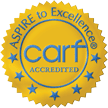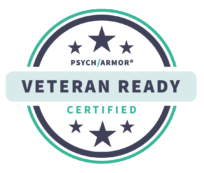Club Drugs | Seabrook, Rehab, Club Drug Addiction
Club drugs tend to be used and abused by the younger crowd at bars, night clubs, concerts and parties. GHB, Rohypnol, methamphetamine, and ecstasy are the most common of the club drugs. These club drugs are often odorless, colorless, and tasteless and frequently mixed together with alcohol and other beverages. Club drugs have historically been used to commit sexual assaults and their psychoactive nature has a proven affect on the brain, sometimes long term. Similar to any other drug, the addictive potential of club drugs rises with repeated use, but the potential physical and mental damage can be deadly even without being addicted. The manufacturing of chemical club drugs is very uncertain so the possible medical consequences are scary to think about. Most Americans feel that club drugs are only found in major cities like New York, NY, Los Angeles, CA and Miami, FL but they have actually been know to be even more prevalent in some cases in the midwest and western states like Seattle, WA, Portland, OR, Las Vegas, NV, Salt Lake City, UT, Flagstaff, AZ and Milwaukee, WI…and as far south as Dallas/Austin, TX, or Atlanta, GA. Often times large college regions are a contributor in the development of club drug culture.
At Seabrook’s New Jersey Rehabilitation Center we offer club drug rehab and therapy for addicted patients, though there is very little information in scientific literature about treatment for persons who abuse or are dependent upon club drugs in specific. There are no GHB detection tests for use in emergency rooms, and as many clinicians are unfamiliar with the drug, many GHB incidents likely go undetected. Seabrook has developed therapies for the treatment of addiction to club drugs as patients have helped to identify our most successful techniques. According to case reports, however, patients who abuse GHB appear to presen a mixed picture of severe problems upon admission and good response to treatment, which often involves residential services. Treatment for Rohypnol follows accepted protocols for any benzodiazepine, which may consist of a 3- to 5-day inpatient detoxification program with 24-hour intensive medical monitoring and management of withdrawal symptoms, since withdrawal from benzodiazepines can be life-threatening.



